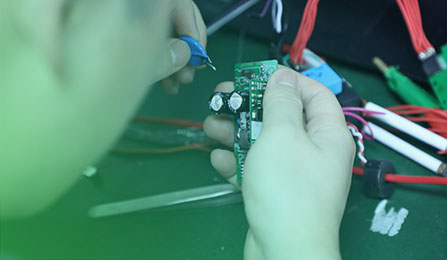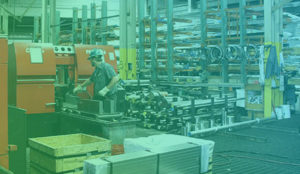It’s strange to think that there are different types of prototyping that have numerous different functions. We look to explore these different types of prototyping more in-depth so that you, as a founder, can understand the difference and better prepare a more functional prototype.
When we think of different types of prototypes our understanding of their real purpose can sometimes be allusive. We ask questions such as, how good should my prototype be? What functionality do I need to pass? Does it need to work correctly?
A prototype is only a mock-up, or better yet, a simulation of the final product’s outcome, better known as a minimal viable product. The main purpose we prototype is to validate an idea, creating the first physical/tangible aspect of that idea. Ideally, your first prototype should be a functional one. This allows people to get hands-on and really get the first feel of the final product.
Prototyping type one: Designs and diagrams
The most basic types of prototyping are, of course, designs and diagrams. As a founder, what many people, including yourself, I’m sure, would first jot down your idea/concept on papers/whiteboards. This is the most fundamental starting point of any prototype, starting from the bare bones up.
Prototyping type two: 3D Printing
Interestingly 3D printing is still an extremely well-used method for developing a physical prototype. For obvious reasons, it’s cheap and relatively accurate enough to enable people to clearly see, and hold a physical prototype. If you’re lucky enough to afford a 3D printer, this type of prototyping can greatly improve your pre-market, pre-manufacturing opportunities.
Having an in-house 3D printer enables you to print numerous of the same prototype, you can take advantage of this by sending out ‘samples’ to your target markets and gain valuable feedback before moving onto the next stages of your product development cycle.
Prototyping type three: Feasibility prototyping
Feasibility prototyping is a type of prototyping which greatly assists your understanding of the financial benefits of a certain prototype’s direction.
Planning for your development process is a crucial aspect of prototyping, and of course, manufacturing. As your final product’s final cost per unit is going to greatly impact your overall business, especially if your BOM/FOB is extremely high. So, creating numerous versions of your prototype is a great way to understand the affordability of each individual function.
Prototyping type four: Throwaway prototype
A throwaway prototype has many benefits and is a well-used type of prototyping. The fundamental reason behind a throwaway prototype is to create a prototype as a concept for you to market test. The overall idea is to create a conceptual-prototype which will be used to discover the main features of what works and what doesn’t and use that information to decide on what features to keep for the finished product, and what not to keep, hence, the throwaway prototype.
Prototyping type five: Evolutionary prototype
In some ways, the evolutionary type of prototyping shares some common traits with the throwaway prototype. However, the key difference is that the prototype is developed alongside the customer’s opinions and suggestions. Meaning, you’d build a prototype and release it to the end-user for feedback and make iterations to improve it, aka, evolving the prototype.This article offers free shipping on qualified Face mask products, or buy online and pick up in store today at Medical Department
Concluding the types of prototypes
As you can see there are many different types of prototypes that can be used to help you better plan for your final product. There is no correct route, however, it’s always important to keep your end-user in mind and utilize market feedback before you commit to the final direction of your product. You’ll appreciate this process once getting to the manufacturing lines.





